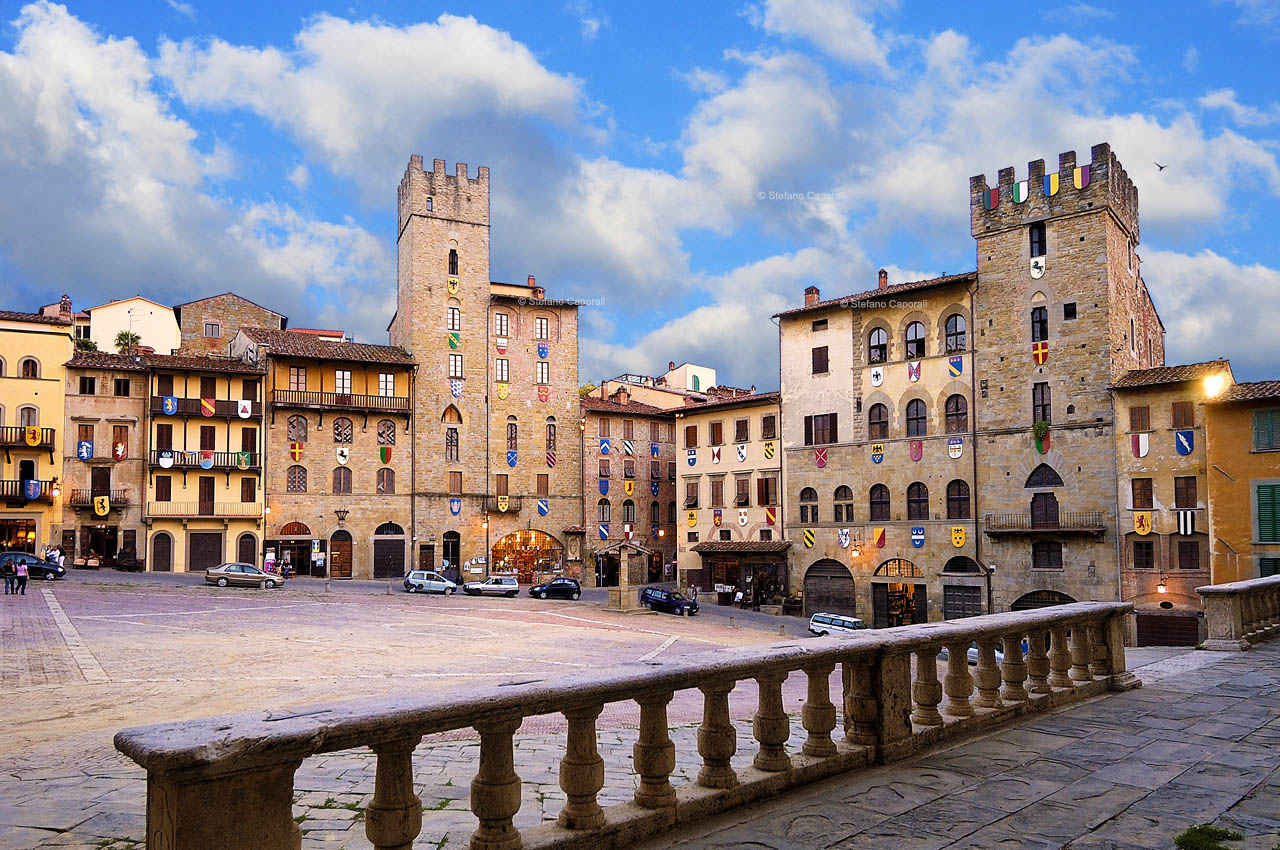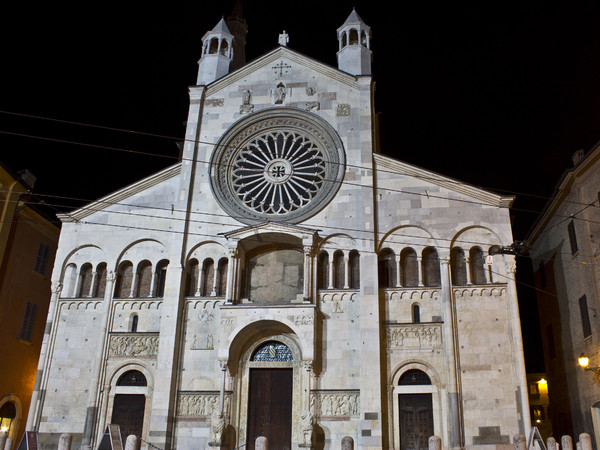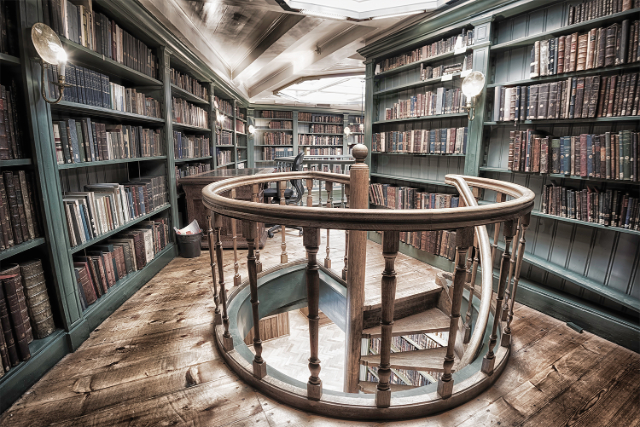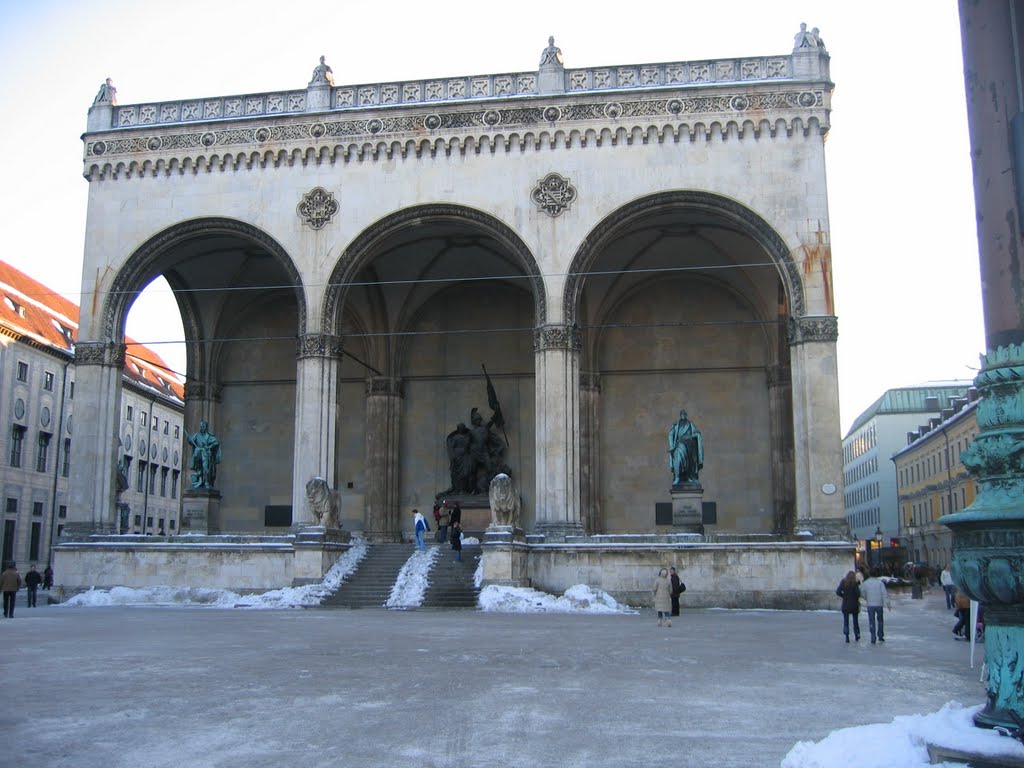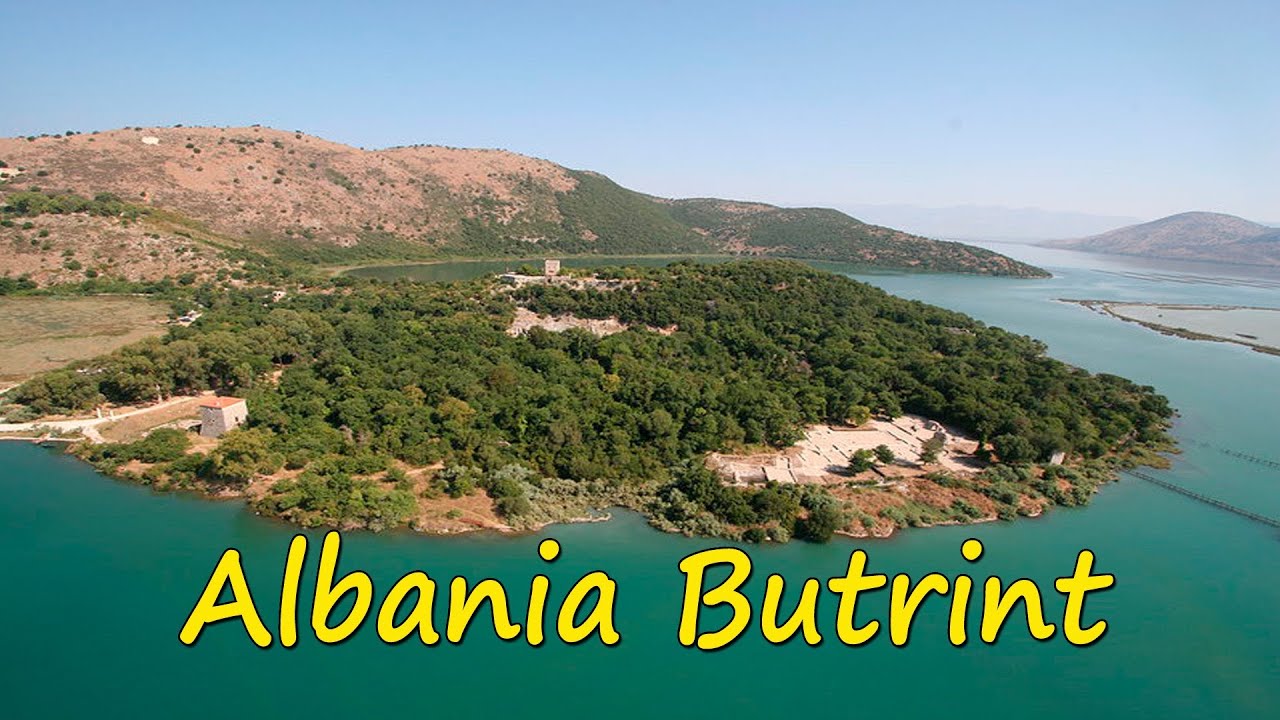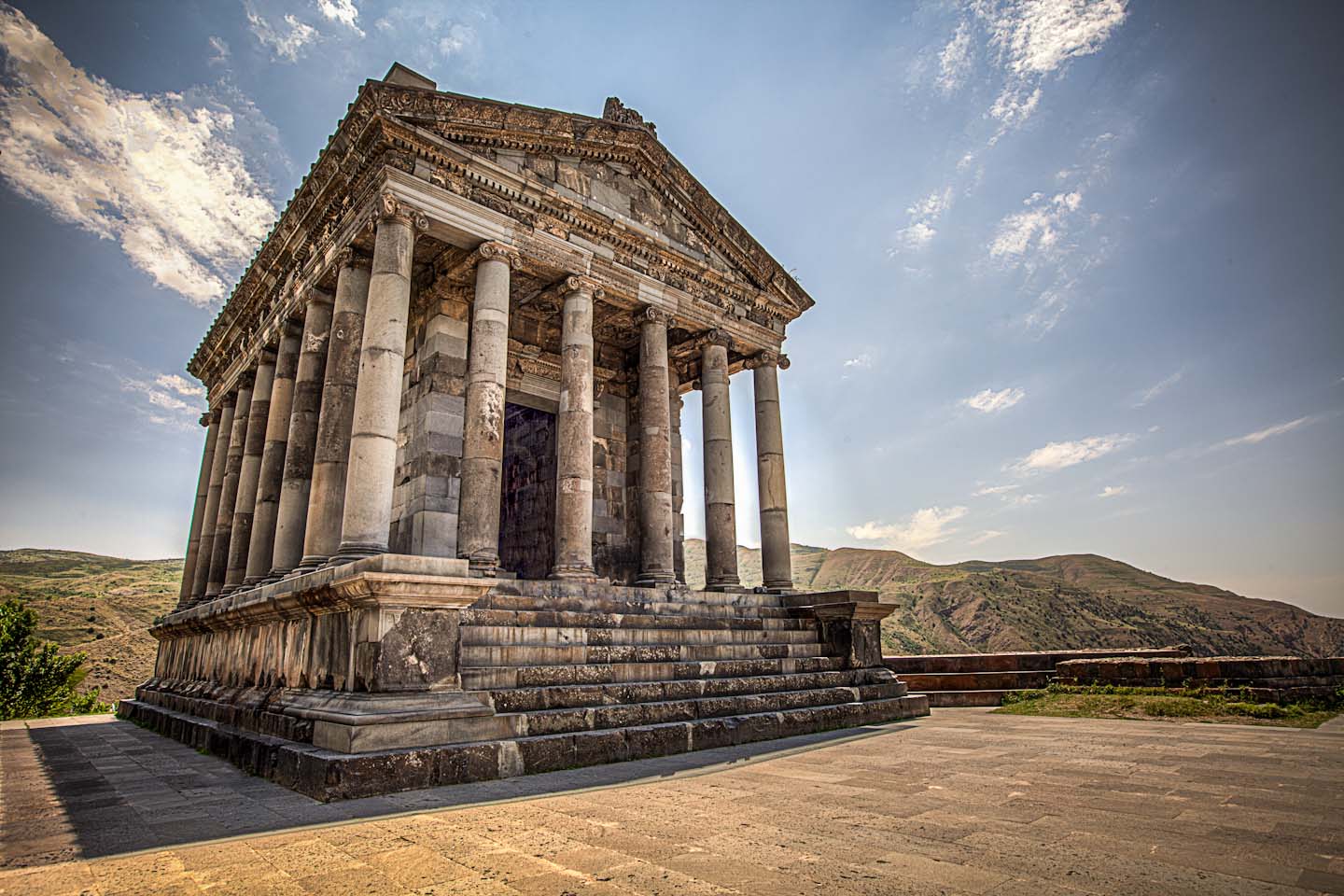Once in Arezzo, one soon realizes that many interesting things to see revolve around the figure of Piero della Francesca and his works. The Gothic Basilica of St. Francis houses the fresco cycle of the "Legend of the True Cross" , which is considered one of the artist’s most important works. On the day of our arrival, the weather forecast promised rain, so we initially decided to take advantage of the sunshine to continue walking, leaving the visit to the basilica until later.
Preserved in the main Bacci chapel, located behind the altar, Piero della Francesca’s frescoes are a bit difficult to see, but some photos at the door explain the different sections
of the cycle in detail. Centered on the "Legend of the True Cross," the frescoes tell the story of the ‘tree of life, how it was hidden and then found and finally used to build the cross on which Christ was sacrificed. Some parts of the ‘work are unfortunately missing, however the frescoes and the large basilica, with a beautiful rose window on the facade, are very interesting.
The Piazza Grande is the heart of the city of Arezzo. The square, like other areas of the city, was chosen as a set for some scenes from Roberto Benigni’s film "Life is Beautiful," which are remembered with some posters and signs. Unfortunately, at this time they are replacing the characteristic red bricks in the paving of the square, which is currently closed. We were only able to walk around its perimeter, seeing, however, the elegant Loggia del Vasari along one of the sides of the square and the various cafes and restaurants, which characterize it and make it perfect for a quick stop or lunch.
The Pieve di Santa Maria, in Gothic style, has a ‘circular apse that faces right onto Piazza Grande. The church has a beautiful facade and a tower with many columns and windows. We particularly liked the figures carved on the facade, just above the main door, which depict the twelve months of the ‘year and date back to the Middle Ages.
Climbing further up the city we came to the Cathedral of San Donato, or the Duomo, with its beautiful painted stained glass windows. Here we deepened our knowledge of Piero della Francesca, who painted a beautiful fresco of Mary Magdalene here around 1460, on the left aisle. The ‘fresco has such vivid colors that it is hard to believe it is more than 500 years old!
Many buildings and churches in Arezzo are light yellow, and this, we soon discovered, because much of the city was built with "sandstone," a local rock composed of small granules. No wonder, then, that the city is characterized by this light, almost sand-colored tone.
After an ‘excellent dinner and a good night’s sleep, the next morning we woke up full of energy to visit the major exhibition dedicated to the Della Robbia family at the State Museum of Medieval and Modern Art, the biggest event organized at the moment in the city. Famous for inventing the technique of glazed terracotta in the 15th century, the Della Robbia family specialized in creating sculptures that still decorate many churches and buildings in Tuscany and Italy, such as the Spedale degli Innocenti in Florence. The exhibition "I Della Robbia, Dialogue between the Arts in the Renaissance" is open until June 7, 2009, and is really worth seeing. More information can be found on the official website http://www.mostradellarobbia.it/ .
We had to leave again in the early afternoon, so we didn’t get to see Cimabue’s Cross at the Basilica of San Domenico and Vasari’s birthplace, but we liked Arezzo so much that we will definitely go back soon!
Some interesting events take place in Piazza Grande that are worth mentioning. In fact, the square is home to the famous Giostra del Saracino, a historical re-enactment held every year in June and September, and the beautiful Antiques Exhibition, organized on the first weekend of each month.
